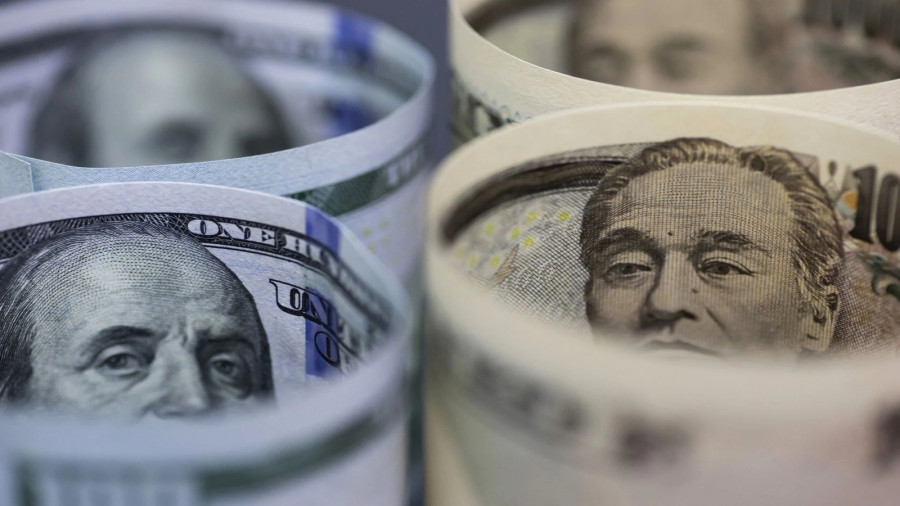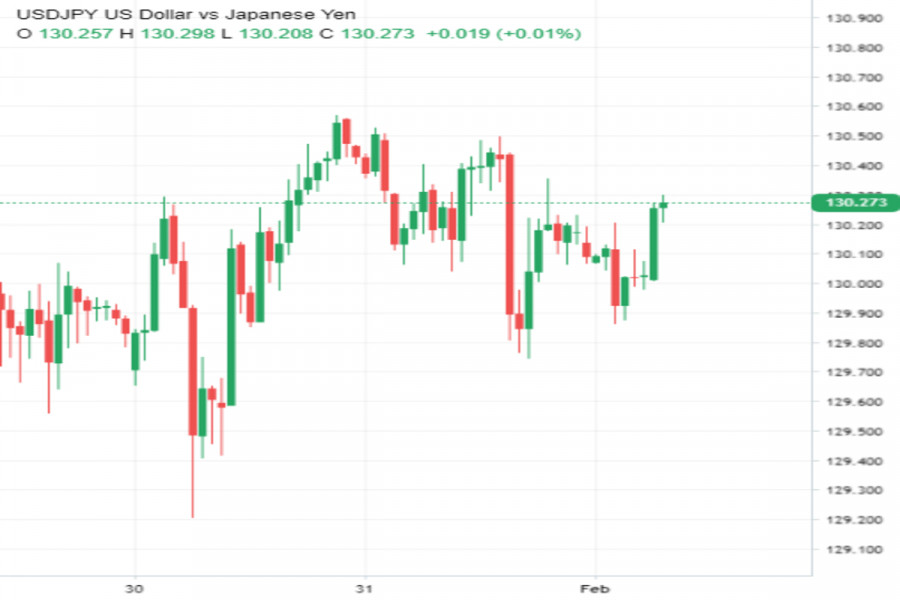

Today is a very important day for the US currency. The Federal Reserve is expected to hike interest rates once again and determine the trajectory of its further tightening. This trajectory will determine the US dollar's future performance.
The US dollar has dominated the FX market throughout 2022, driven upwards by the Fed's hawkish policies. However, its happy times have come to an end.
USD has been struggling over the past 4 months, sliding down against all major currencies, particularly the Japanese yen. Since October, USD/JPY fell by more than 14%.

It is obvious that USD/JPY is no longer the best performing dollar pair in the market. Now, its position is under threat as the US dollar's troubled situation deteriorates.
USD/JPY is currently experiencing pressure from two sides. Firstly, traders are concerned about the possibility of an unexpected policy shift by the ultra-dovish Bank of Japan. And secondly, the market expects the Fed to adopt a less hawkish stance.
The first scenario is only a rumor and speculation, but the second one is already quite real. Earlier in December, the US central bank ended its series of four successive 75 bps rate hikes and increased the rate by only half a percentage point.
Now most investors are leaning towards the Fed slowing the pace of tightening again in February and raising interest rates by 25 bps.
Many analysts believe that the market has already fully priced in this risk. Therefore, another smaller rate hike should not affect the dollar too drastically.
In fact, some experts believe that even a 25 bps move will help the greenback to rise against some currencies, such as the Japanese yen.
Any Fed monetary tightening would widen the already huge interest rate gap between the US and Japan. Currently, the gap is more than 4 percentage points.
The dollar may jump against the yen right after the Fed announces its policy decision, but its further trajectory will largely depend on the rhetoric of Fed Chairman Jerome Powell.
Today, traders will focus on the Fed chairman's press conference, trying to find clues about how long the regulator intends to keep its hawkish stance.
If he maintains his message about the persistence of inflation and the need to keep interest rates higher for a longer period of time than expected by the market, it should support the US dollar.
However, there is also another scenario. If Powell's speech focuses not on inflation but on an approaching recession, it is likely to weaken any hawkish expectations of traders, pushing all US dollar pairs down, including USD/JPY.
Given the cooler US inflation data and statistic data that are signaling a continued slowdown in US economic activity, the second scenario might seem more likely. However, that is not quite the case.
Some analysts believe that Jerome Powell will only give vague hints regarding the Fed's future policy and will not make any definite promises.
"There are some reasons to believe that Powell and his team may aim to lengthen the hike cycle to buy time to assess both incoming data and the impact of their previous aggressive rate hikes," analysts at Saxo Markets noted.
The future performance of the US dollar will depend on the market's interpretation of the Fed's plans. If investors see them as hawkish, USD/JPY will rally, and if they perceive them as more dovish, it could drop sharply.
In any case, USD/JPY will finally break the two-week deadlock and take a definite path - either up or down.